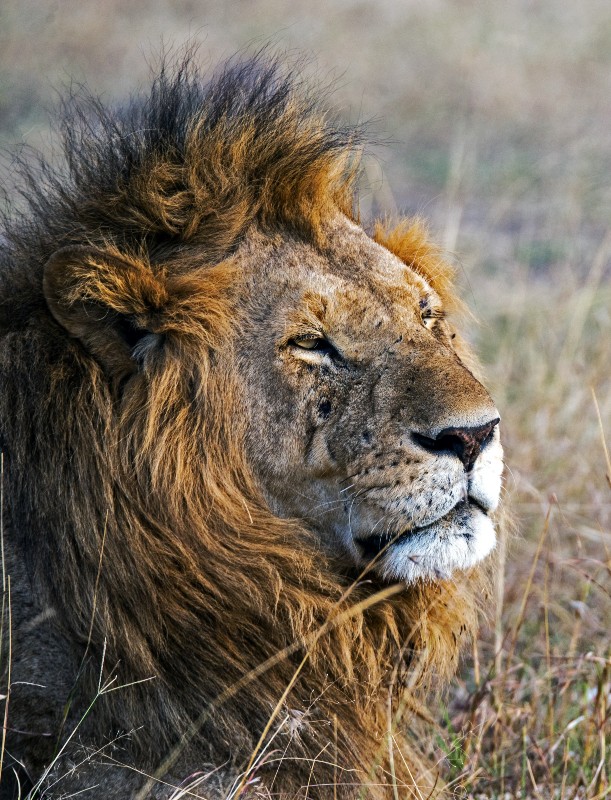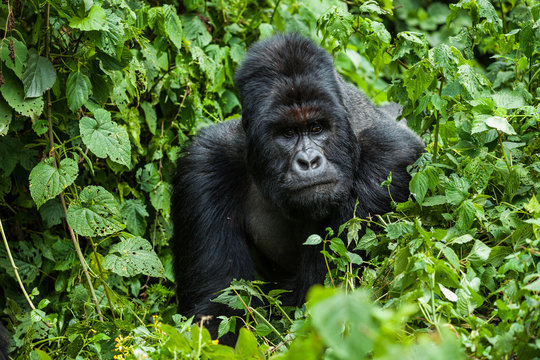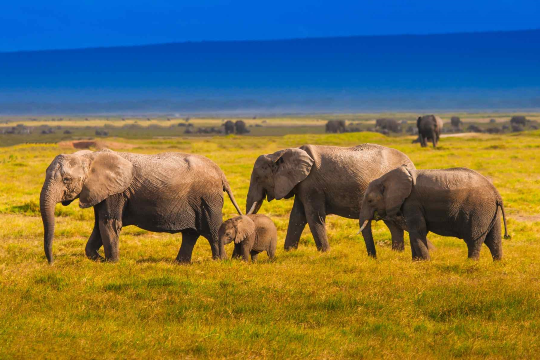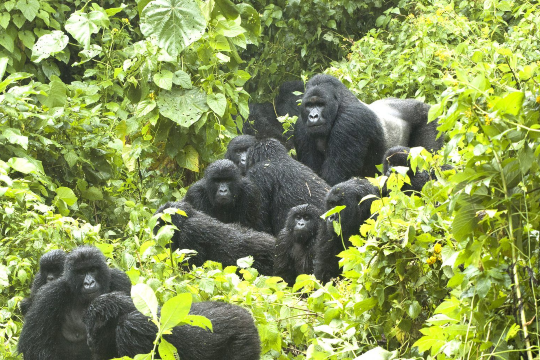Chirping of birds early in the morning is not less than euphonious music” – Chetan Patel
Did you know Tanzania, home to Mt.Kilimanjaro and the biggest parks in Africa has the largest number of endemic birds in East Africa? These are special, unique birds that are only found in a particular area or region in the world.
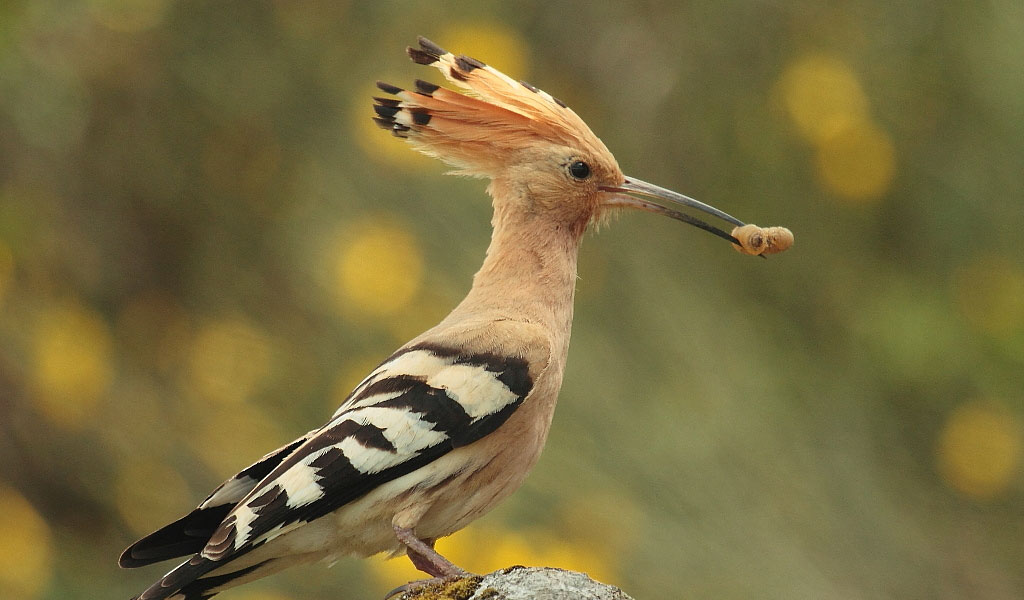
African Hoopoe
Tanzania has a total of 1116 bird species of which 30 are endemic. Due to its magnificent natural landscape, tropical climate and beautiful scenery where a lot of birds have been migrating over the years. When you’re on a trip to Tanzania, you will be delighted to catch a glimpse of these distinctive yet gracious birds
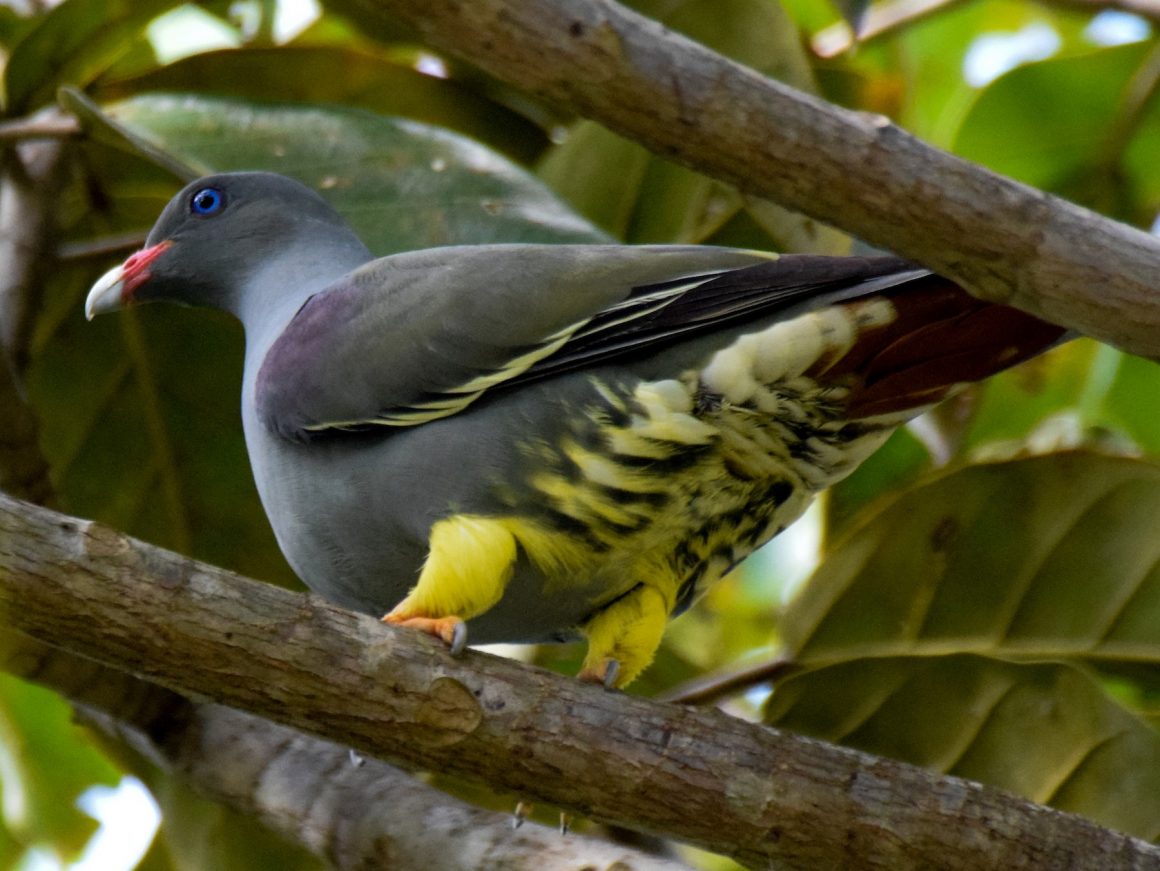
Pemba Green Pigeon
With its scientific name as Treron pembaensis, The Pemba green pigeon is a species of bird in the family Columbidae. It is endemic to Tanzania. Its natural habitats are subtropical or tropical moist lowland forests, plantations, and rural gardens. It is threatened by habitat loss
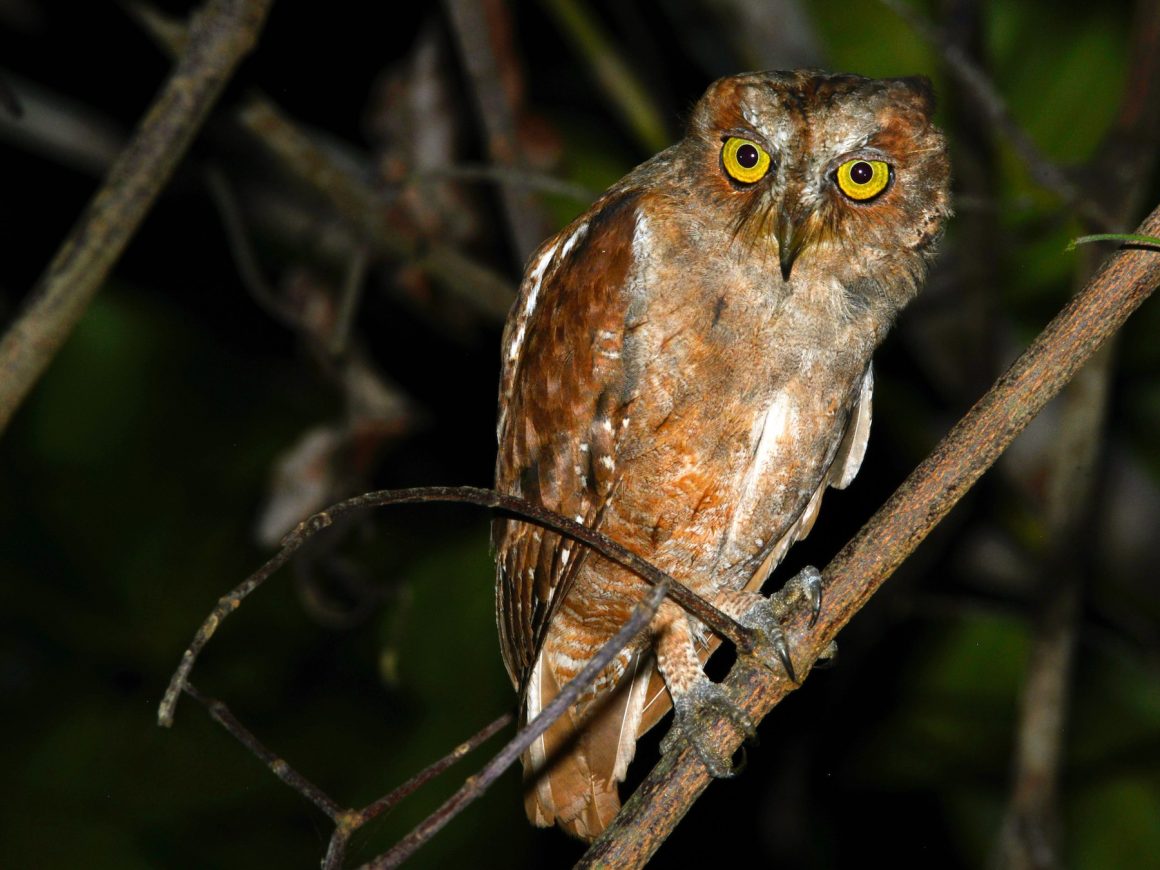
Pemba Scops Owl
Its scientific name is Otus pembaensis, The Pemba scops owl is a species of owl in the family Strigidae. It is endemic to Pemba Island which is part of and off the coast of Tanzania and they very Vulnerable since their population decreasing
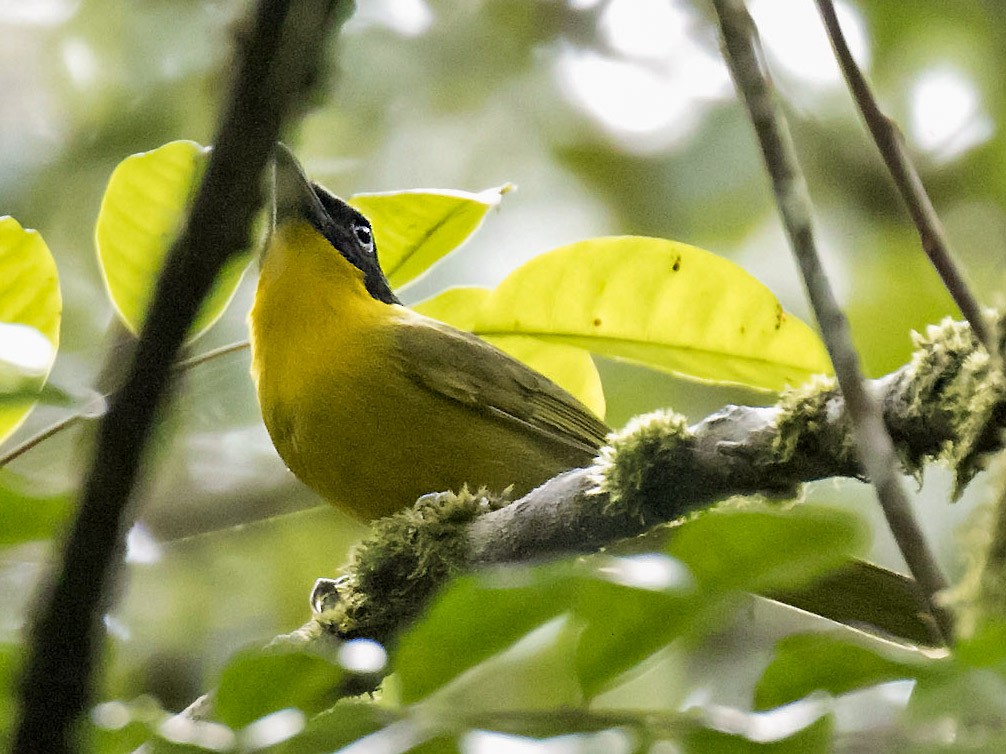
Uluguru Bushshrike
Its scientific name is Malaconotus alius, The Uluguru bushshrike is a species of rare bird occurring only in the Uluguru Mountains in Tanzania. It was discovered in 1926 and was known to be confined to a single site in the Uluguru North Forest Reserve of about 84 km². however their specie population is stable, they remain among the Critically Endangered bird species in the world and among Tanzania birds specifically
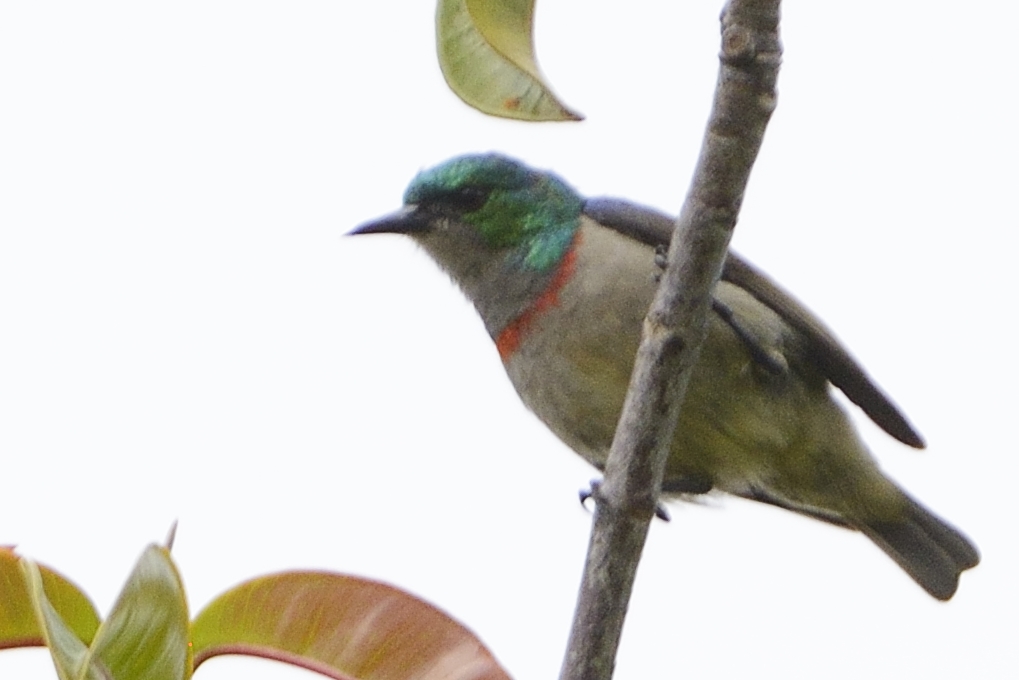
Banded Green Sunbird
Scientifically known as Anthreptes rubritorques, The banded green sunbird is a species of bird in the family Nectariniidae. It is endemic to Tanzania. Its natural habitats are subtropical or tropical moist lowland forest, subtropical or tropical moist montane forest, plantations, and rural gardens. It is threatened by habitat loss and its population is alarmingly decreasing

Rufous Tailed Weaver
Its scientific name is Histurgops ruficaudus, The rufous-tailed weaver is a species of songbird found in East Africa and one most beautiful tanzania birds. It is included in the weaver family, but many authors included it in the Old World sparrow family Passeridae when Old World sparrows were separated from the weavers proper. It is placed in the monotypic genus Histurgops
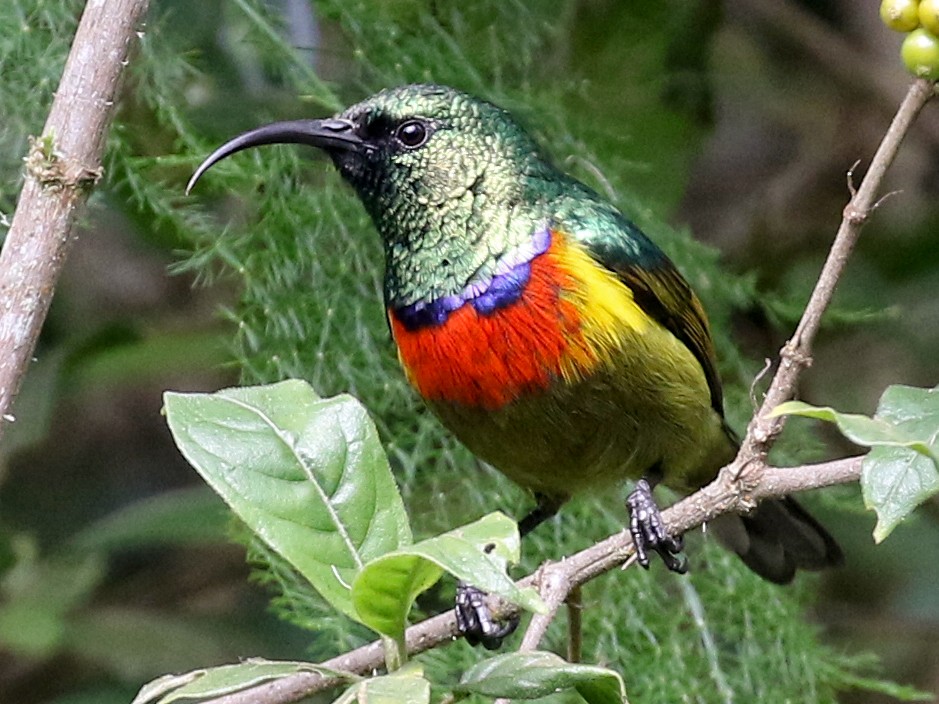
Moreau’s sunbird
Scientifically known as Nectarinia moreaui, The Moreau’s sunbird is a species of bird in the family Nectariniidae. It is endemic to Tanzania where its natural habitat is subtropical or tropical moist montane forests. It is threatened by habitat loss and the International Union for Conservation of Nature has assessed it as being
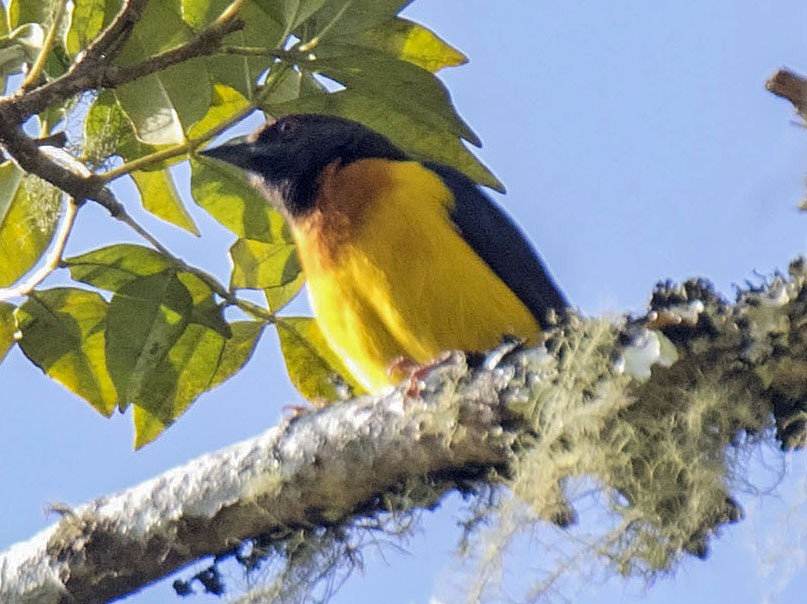
Usambara weaver
Scientifically known as Ploceus nicolli, The Usambara weaver is a species of bird in the family Ploceidae. It is endemic to Tanzania. Its natural habitats are subtropical or tropical moist montane forests and plantations. It is threatened by habitat loss and they are Endangered as its population keeps decreasing
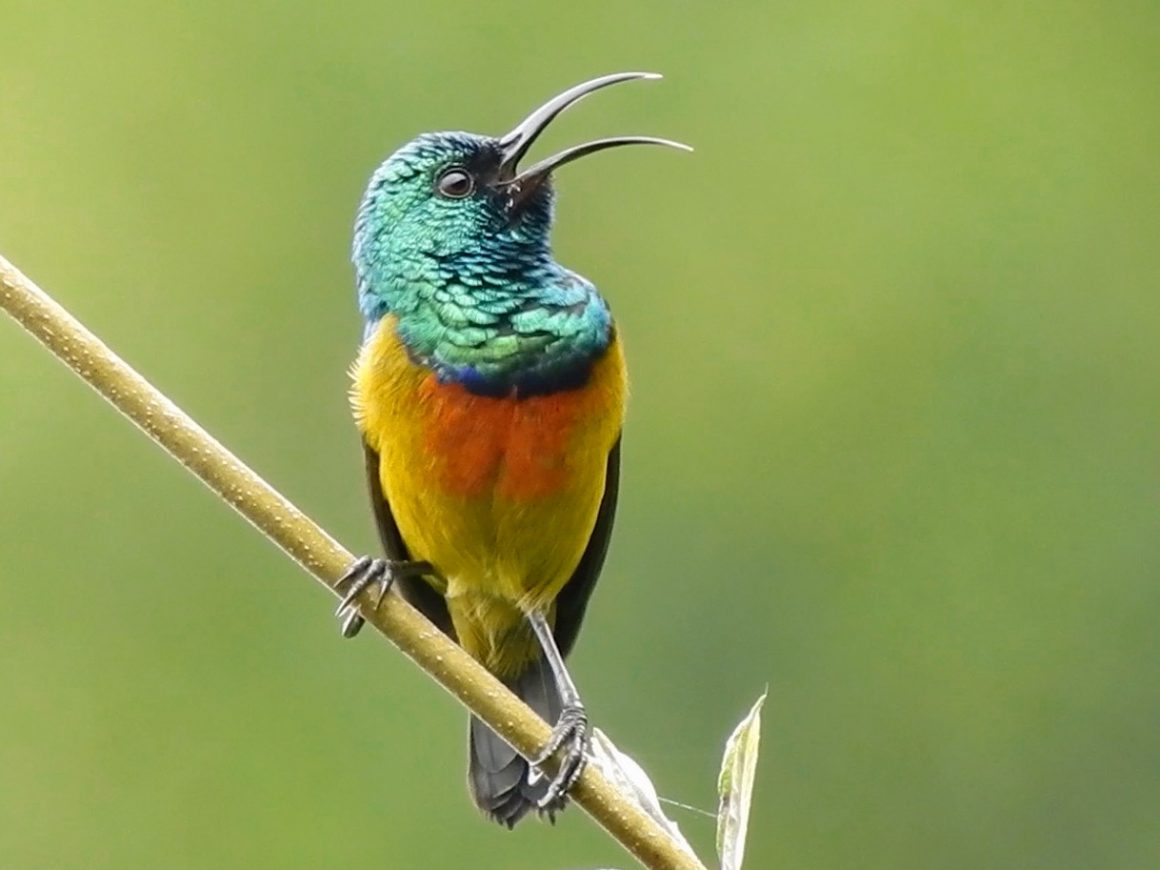
Loveridge’s sunbird
Scientifically known as Cinnyris loveridgei, The Loveridge’s Sunbird is a species of bird in the family Nectariniidae. It is endemic to Tanzania. Its natural habitat is subtropical or tropical moist montane forests. It is threatened by habitat loss. The common name and Latin binomial commemorate the American herpetologist Arthur Loveridge.
Well then, what are you waiting for? Add Tanzania to your bucket list and be prepared to be swept off your feet.
Script by Faiza Mutesi for Neza SAFARIS
Facebook Twitter Instagram LinkedIn YouTube Tumblr Reddit Pinterest

